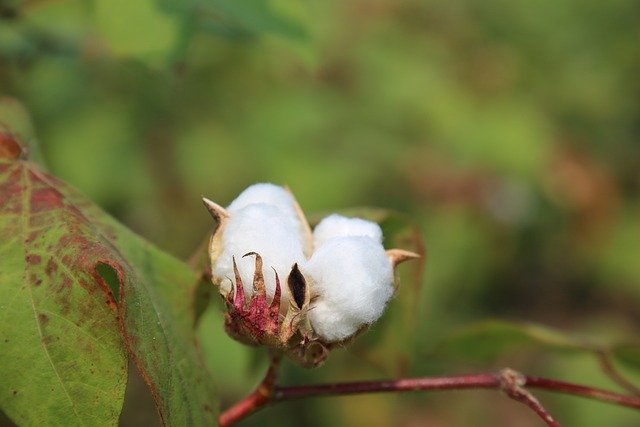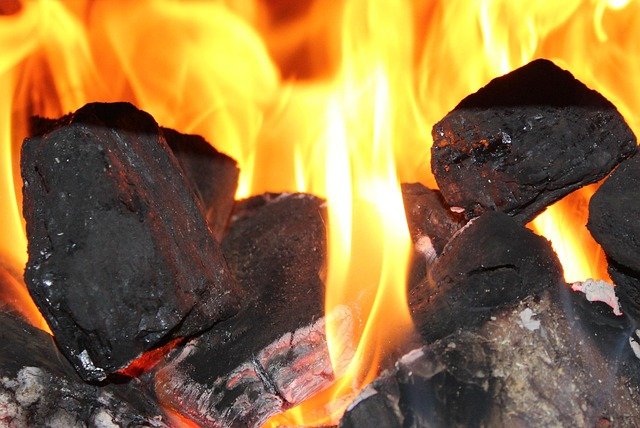In a remarkable turn of history, the UK officially marked the end of its coal-powered era on 1 October 2024. For over two centuries, coal was the bedrock of British industrial progress, powering factories, trains and, of course, households. But now, the iconic coal-fired power plants that once dotted the landscape have mostly shut their doors, with the Ratcliffe-on-Soar station in Nottinghamshire being the last major holdout to cease operations.
This shift is not merely symbolic. In 2012, coal was responsible for 40% of the UK’s electricity generation, but by 2019, that figure had plunged to just 2%, and now, coal supplies zero power to the grid. This transition wasn’t accidental. Government policy fuelled the decline by supporting renewables and tightening emissions restrictions. Coal imports from Russia were halted too, with the UK responding to both environmental concerns and geopolitical events.
Riding the Renewables Revolution
What replaced coal? The answer is blowing in the British wind – quite literally. Wind and solar now make up more than a third of the nation’s electricity. Between 2012 and 2023, wind power generation alone soared by 315%. The drop in coal was accompanied by a massive reduction in carbon emissions from the power sector, down by 74% since 2012. This pivot to domestically-produced, zero-carbon energy has boosted energy independence and lowered exposure to global fossil fuel price shocks.
While some coal mines remain open for industrial uses until at least 2039, such as the Aberpergwm Colliery in Wales, the era of coal-driven power is over. The UK now eyes even more ambitious decarbonisation targets, aiming for a clean power grid by 2030.
What About Cotton? From Industrial Catalyst to Sustainable Choice
Cotton is another material deeply woven into the UK’s industrial identity. From the spinning jennies of the 18th century to today’s fashion industry, cotton has played a central role. But modern times have brought new questions: can the industry maintain its legacy while meeting sustainability demands?
The answer is complicated. Cotton remains a global giant, providing livelihoods for millions and comprising roughly half of all textiles worldwide. Yet, the environmental cost is steep. Cotton farming consumes vast quantities of water – it takes up to 2,700 litres to produce one cotton t-shirt – and heavy use of fertilisers and pesticides depletes soils and pollutes waterways. The environmental impact extends through production to the final garment, with the textile sector responsible for about 20% of global clean water pollution.
The Fast Fashion Challenge
Britain’s appetite for fashion pushes these challenges further. Fast fashion – the rapid production of low-cost, trendy garments – has exploded, driving demand for cotton and, unfortunately, waste. The fashion and textile sector now stands as the world’s second-largest consumer of water and contributes approximately 10% of global carbon emissions. Textiles are also responsible for significant microplastic pollution, with many unwanted clothes ending up in landfill or incineration.
The Rise of Organic Cotton and Sustainability
In response, British brands and consumers are increasingly turning to sustainable options. Organic cotton, which is grown without synthetic pesticides and uses less water, is gaining traction. The global market for organic and sustainable cotton is expected to reach up to $4.5billion by 2033, with the UK’s share rising as fashion giants commit to eco-friendly sourcing.
Retailers are investing in supply chain transparency and ethical practices, and government policies support sustainable agriculture. However, the price of organic cotton is higher, and inconsistent supply remains a barrier for widespread adoption.

Looking Forward: A Responsible Legacy
Coal and cotton – two pillars of Britain’s growth – now sit at the crossroads of environmental responsibility. The UK’s success in phasing out coal offers valuable lessons in coordinated government action, industry transformation, and public engagement. Cotton, facing its own reckoning, is on a journey towards greener, fairer production practices as consumers demand better.
What ties these stories together is the UK’s evolving definition of progress. No longer is it just about technological might or industrial output. Today, the nation is judged by its stewardship of the environment and commitment to a sustainable future.
As the smoke stacks come down and sustainable fashion takes off, Britain’s story is rewriting itself, thread by thread and kilowatt by kilowatt.
The Industrial Heritage: Coal and Cotton Shaped Communities
Coal and cotton were not just raw materials; they were lifelines for entire regions. The North of England, especially Lancashire, became synonymous with cotton mills in the 18th and 19th centuries. Towns such as Manchester and Oldham were transformed into world centres for textile production, earning Manchester the nickname “Cottonopolis.” Meanwhile, coal mining dominated areas like Yorkshire, South Wales, and Scotland, forging strong, close-knit communities around the pits. Families depended on these industries for work, and generations would join the same trade, weaving a shared social history into the fabric of Britain.
Coal’s End and the Energy Debate
Switching off the last coal-fired power stations was a major environmental achievement for the UK, but it reopened the debate about energy reliability and affordability. Critics argue that transitioning to renewables, while vital for climate goals, brings new challenges. The intermittency of wind and solar can pressure the grid, especially during periods of low generation. This is prompting investments in battery storage, smarter energy management, and backup systems to ensure the ‘lights stay on’ — especially as the country strives for net zero emissions by 2050.
Meanwhile, coal still plays a small role in the production of steel and cement. Proposals, such as the new metallurgical coal mine in Cumbria (approved in 2022), have stirred debate. Supporters highlight jobs and domestic supply; opponents warn that any new coal undermines the UK’s climate commitments.
Conclusion:
Coal and Cotton shaped Britain’s industrial rise and the character of its communities. As the nation moves beyond these historic industries, their legacies remain woven into the UK’s economic, social, and environmental landscape. Today, Britain’s focus on renewables and sustainable fashion marks a new chapter—one where progress is measured by innovation, responsibility, and care for future generations.
Read More: Heaton Park: Manchester’s Green Heart, Summer 2025
